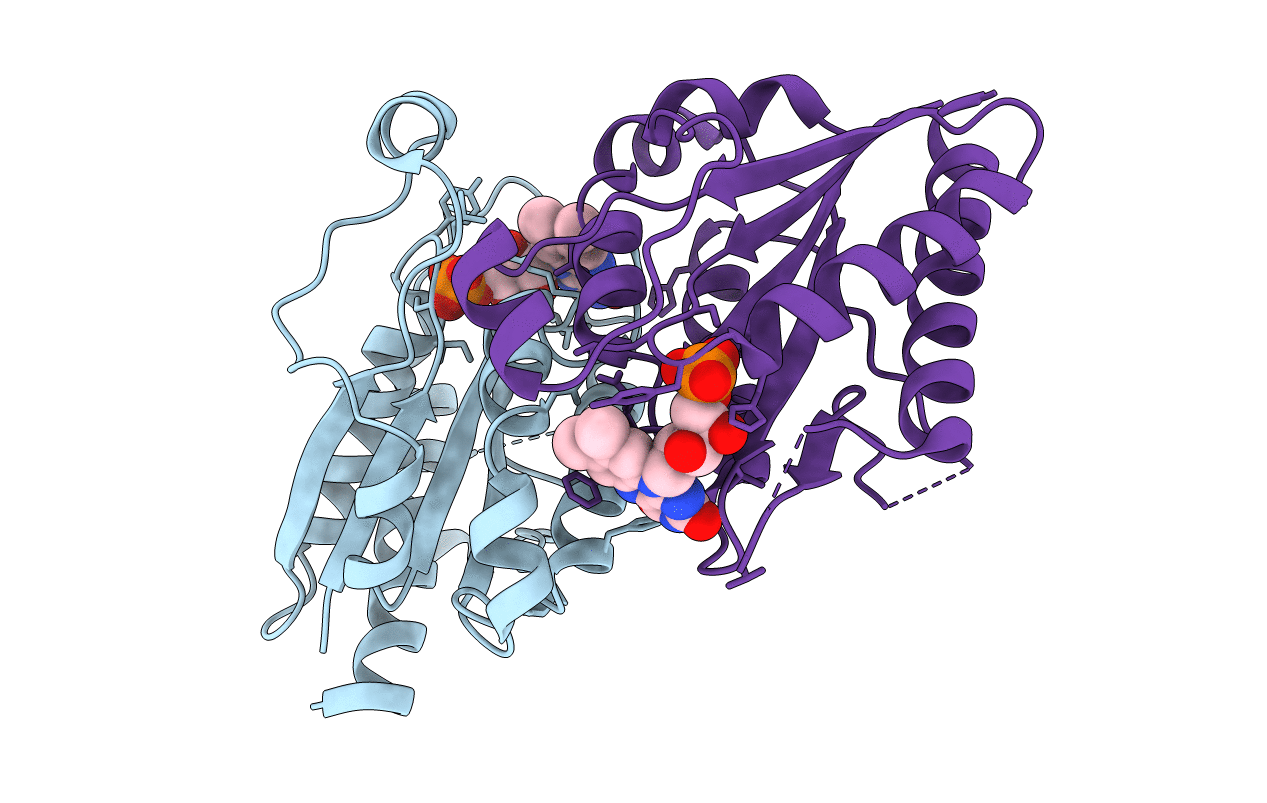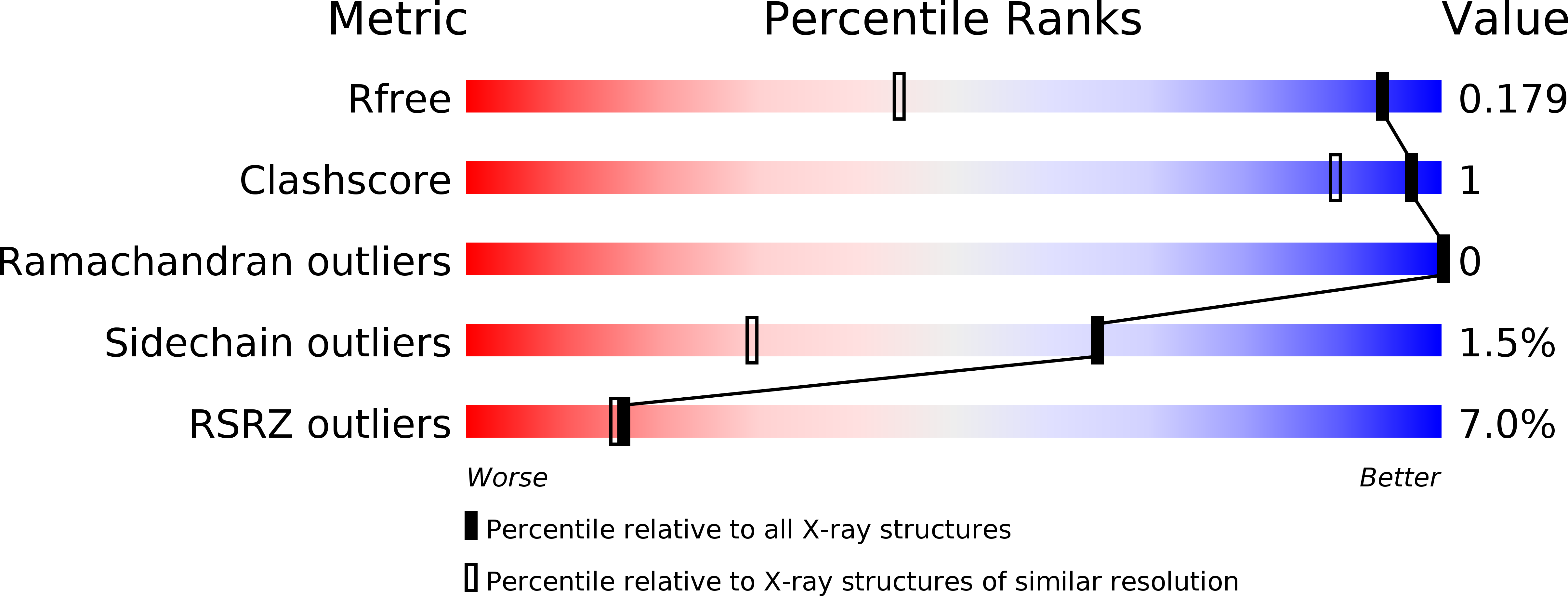
Deposition Date
2012-12-23
Release Date
2013-08-28
Last Version Date
2023-12-20
Entry Detail
PDB ID:
3ZHO
Keywords:
Title:
X-ray structure of E.coli Wrba in complex with FMN at 1.2 A resolution
Biological Source:
Source Organism:
ESCHERICHIA COLI (Taxon ID: 562)
Host Organism:
Method Details:
Experimental Method:
Resolution:
1.20 Å
R-Value Free:
0.17
R-Value Work:
0.14
R-Value Observed:
0.14
Space Group:
P 41 21 2


